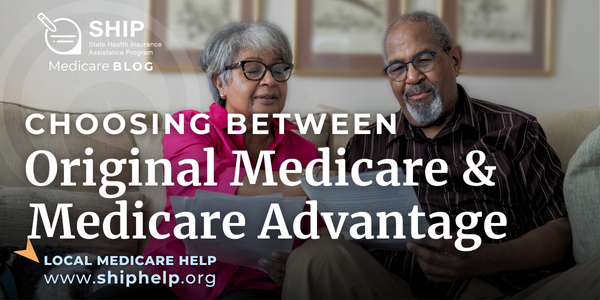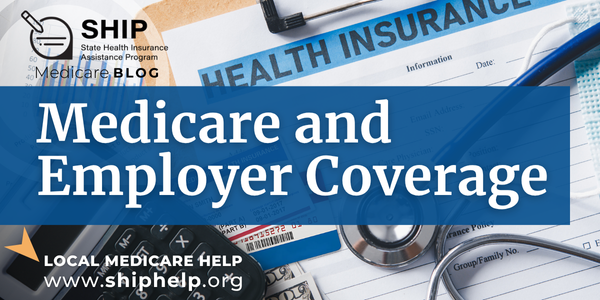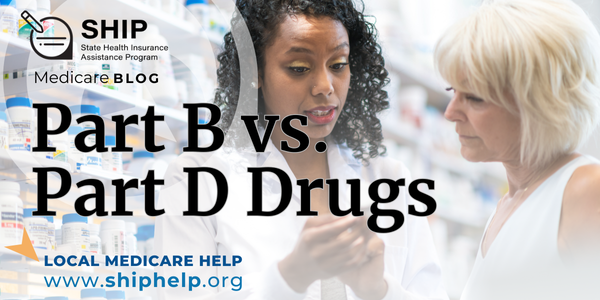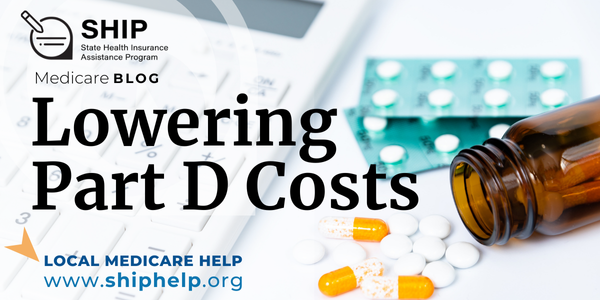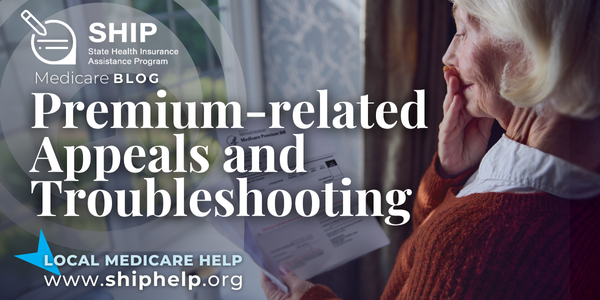September 29, 2025
Medicare Advantage Supplemental Benefits
Dental and vision and hearing, oh my! Medicare Advantage Plans may try to tempt you with a variety of supplemental benefits—or things that Original Medicare can’t cover. These supplemental benefits can be extremely helpful, or they can end up being disappointing and misleading. Read this blog to learn what to look for when considering supplemental benefits and when to be cautious.




